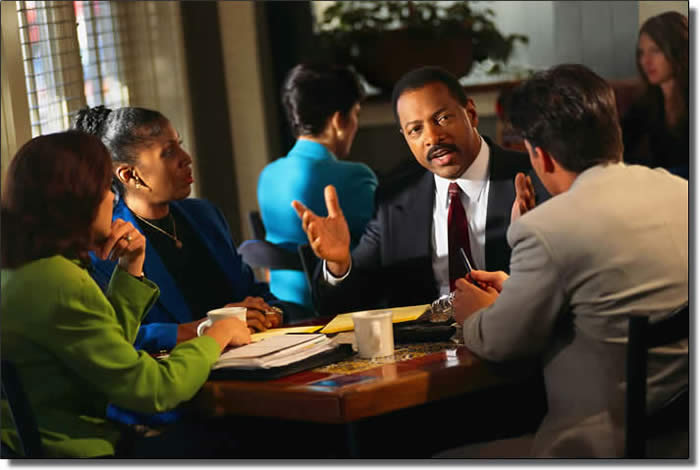
Continued from previous article “Why Utilize an HR Attorney as a Consultant?”
Labor & Employee Relations Defined
These are two distinct categories which are often confused with one another because they somewhat overlap.
Generally, labor law refers to the body of laws and rules regulating labor unions and associations and their relationship with management. Such laws include the National Labor Relations Act and other similar federal, state and local labor laws or ordinances. These laws and regulations permit employees to organize, elect representation and enter into legally binding contracts with management.
Generally, employment law concerns the body of laws and rules regulating civil rights and non-union related conduct in the workplace. Civil rights include a workplace free from discrimination and harassment for people (it need not be an employee) who fit into one of the legally protected classes (e.g., race, gender, disability, national origin, religion, military status, pregnancy, and in some instances sexual or gender orientation). Conduct laws refer to equal and fair pay, immigration and employment-at-will laws. Like labor laws, these are federal, state and local laws.
Labor & Employee Relations Defined
On the macro HR level, labor relations refers to the philosophy a business adopts for dealing with labor unions, union organizing and employee associations. On the micro level, this refers to practices and rules for dealing with individual employee issues relative to unions and associations.
Employee relations refers to the ideology (macro) a business adopts for dealing with harassment and discrimination and other employee issues, unrelated to labor unions or associations. This may include communication, discipline, recognition and payroll policies. On the micro level, it generally refers to how these laws and rules are applied to individual employees.
Examples of Labor & Employee Relations and Law in the Workplace
A supervisor receives a complaint from an employee concerning racial harassment in another department. Thinking that this has nothing to do with her department, the supervisor tells her employee to ignore it, and let the supervisor of the other department handle it. The issue “falls through the cracks.” Subsequently, a fight breaks out between employees in the other department. One employee is hospitalized with injuries. Another employee is arrested and fired. The arrested and fired employee is a minority who files a civil rights complaint for racial harassment and a lawsuit for wrongful discharge, intentional infliction of emotional distress and negligence. The company has little to no supporting documentation to show that it did anything to determine whether or not racial harassment existed in the workplace. Even if it wins the civil rights complaint and lawsuit, it will either have to pay thousands in legal fees or its employment practices liability insurance premiums may skyrocket.
 As a labor and employment attorney and businessperson,
As a labor and employment attorney and businessperson,
Charles Krugel has represented management in hundreds of negotiations, in-house and 3rd party proceedings. Charles has over 13 years of experience in the field and he has run his own successful management side practice for the past 7 years.
Categories